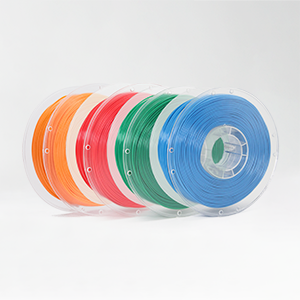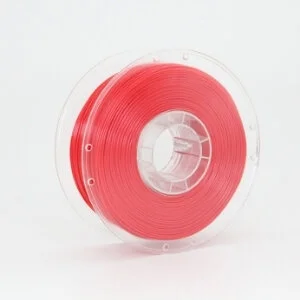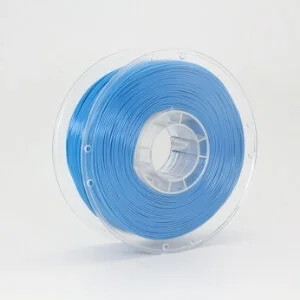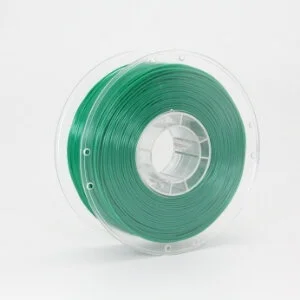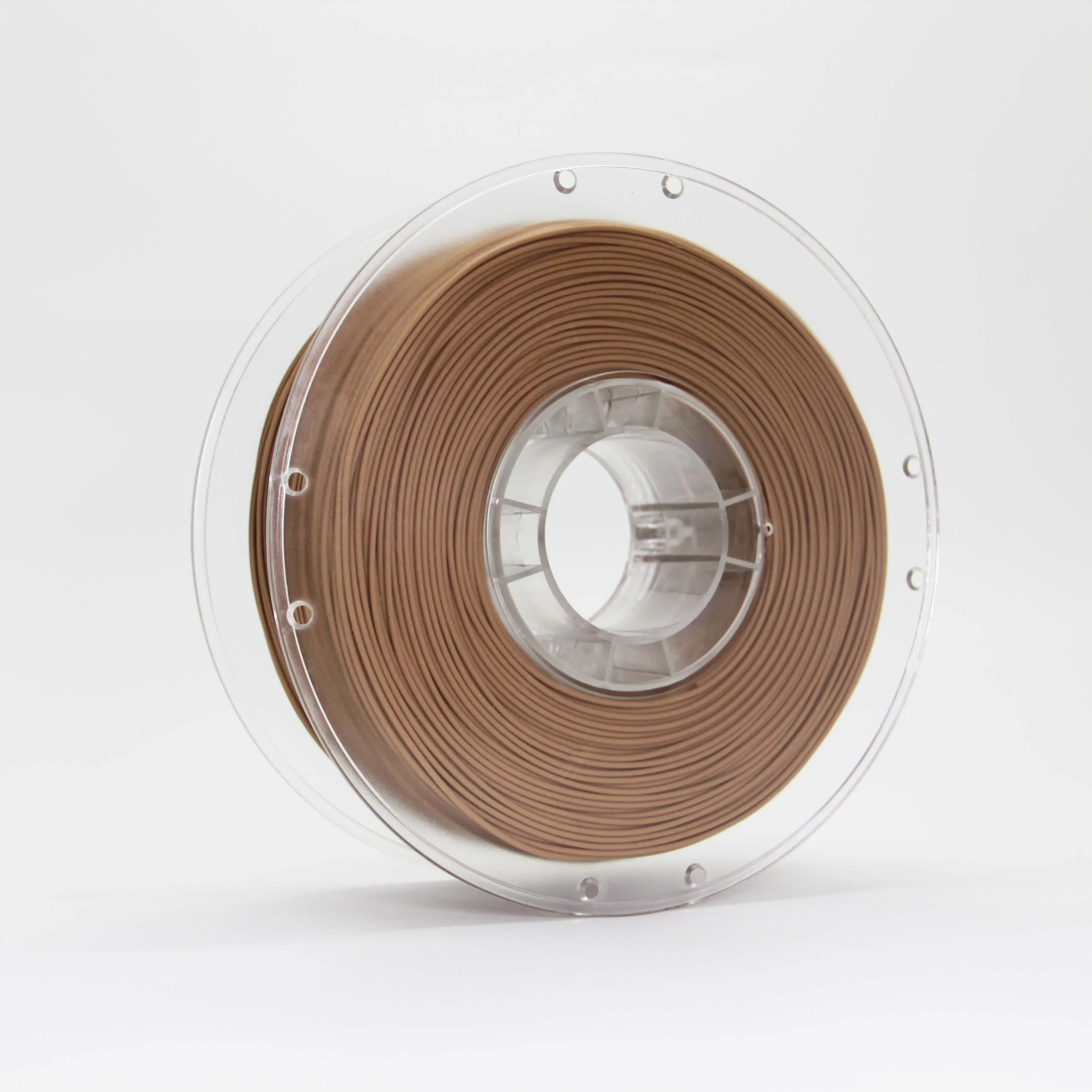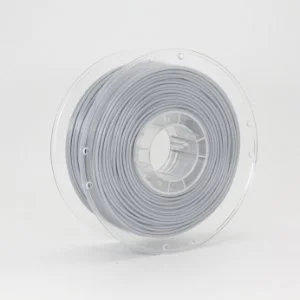PLA+ Filament
PLA+ is a custom formulated blend of PLA which results in a tough material with durability similar to ABS. Sharing many of the printing properties of PLA, it’s ideal for the printing larger functional parts without the fear of warping.
Brittle filaments are a thing of the past thanks to the addition of a toughening, bio-polyester resulting in a filament that is tougher than regular PLA whilst remaining equally as biodegradable and as safe to print.
PLA+’s low shrinkage and uncompromised accuracy allows it to capture detail down to the micron level without compromising on durability. This makes our PLA+ the perfect choice for when you are after a accurate, durable parts that print as easily as with regular PLA.
Available Colours
Black
Red
Natural
Orange
White
Blue
Green
Wood
| Specific Gravity: | 1.23 g/cm3 |
| Tensile Strength: | 61 Mpa |
| Impact Strength: | 30KJ/m2 |
| Glass Transition Temperature: | 75°C |
| Surface Finish: | Glossy |
| Transparency: | Opaque |
| Processability: | Medium |
| Spool | Packaging | Weight | Diameter |
| ECO | Reusable Spool | 1000g ± 1% | 1.75mm ± 0.03mm |
| Refill | Filament Refill | 1000g ± 1% | |
| 3000 | Single Use Spool | 3000g ± 1% |
Applications
Detailed Models
Educational tools
Industrial tools, parts and jigs
Tough mechanical components
Crash test models
End Use Products
Easy printing
Derived from PLA, PLA+ shares many of the same properties as PLA making it one of the easiest printing experiences on the market.
Impact Resistance
Impact resistant and stronger than PLA, PLA+ is great for printing extremely durable parts and mechanical components.
Low Shrinkage
Low warping and shrinking make PLA+ perfect for printing large tools or functional parts without fear of warping.
Low Brittleness
The addition of biodegradable toughening agents result in a less brittle filament that stays shelf stable for longer.
FAQ’s
+ What is the difference between PLA and PLA+?
Think of PLA+ as the tougher cousin of regular PLA. The addition of a biodegradable toughening agent to our PLA+ blend results in a filament that is:
- Less brittle
- tougher and more impact resistant
- Has a far longer shelf life when compared to "regular" PLA *.
(*) This doesn't mean that you should leave your PLA+ out in the elements when not printing however. It's important to still practice proper filament care by storing your PLA+ in an airtight container containing some form of desiccant and out of direct sunlight.
For our guide on proper filament care and handling, check out our filament handling guide here.
+ What properties does PLA+ share with PLA?
Quite a few:
Printability
PLA+ shares many of the same properties as PLA which make it one of the easiest printing experiences on the market. These Include:
- Requiring no heated bed to be printed (although best results will come with printing on a heated bed)
- Shares similar printing temperatures to PLA. (see recommended print settings below)
- Flows evenly and is not prone to stringing and blobbing.
- Easy to sand, cut and drill
- Odorless when printing
Low Shrinkage
Sharing the same low shrinkage behaviour as PLA, PLA+ is great for printing dimensionally accurate models and for fit testing designs before entering full production.
Biodegradability
The addition of a toughening agent that is biodegradable means that our PLA+ retains the same great, eco-friendly properties as our PLA.
Heat and UV resistance
These stay largely unchanged over our standard PLA. The glass transition temperature of PLA+ is a few degrees higher resulting in a slightly higher printing temperature. UV resistance remains the same as our regular PLA.
+ When should I use PLA+ for 3D printing?
You need something tougher than PLA
When you are looking to produce a 3D printed part in PLA but require it to resist loads or survive the strains of being a functional model then PLA+ is probably for you. With a elongation at break number of 45%, it is tougher than our regular PLA and will flex before snapping. If you're printing models largely for aesthetic and non-functional purposes, PLA may be more applicable.
You're after a different material to print in
PLA has long been the most ubiquitous 3D printing material choice for beginners for good reason. It's ease of printing and forgiving nature means that most users usually print everything in PLA until they are ready to move on to
Printing in a new material and wrapping your head around all the changes in print settings that one has to account for can be a daunting prospect at first.
+ What print settings for printing PLA+ do you recommend?
Start with your regular PLA settings and increase your nozzle temperature by 5-10°C and your heat bed temperature by 5-10°. We recommend 200-210°C and 60-70°C respectively.
Downloads
PLA+ Filament Printing Guide
Spending hours “dialling in” your slicer settings for the perfect print? Skip the guesswork with our FREE PLA+ 3D Printing guide.
Save time with advanced printing tips
Save filament and money with fewer failed prints
Gain the confidence to print larger and more complex models
















